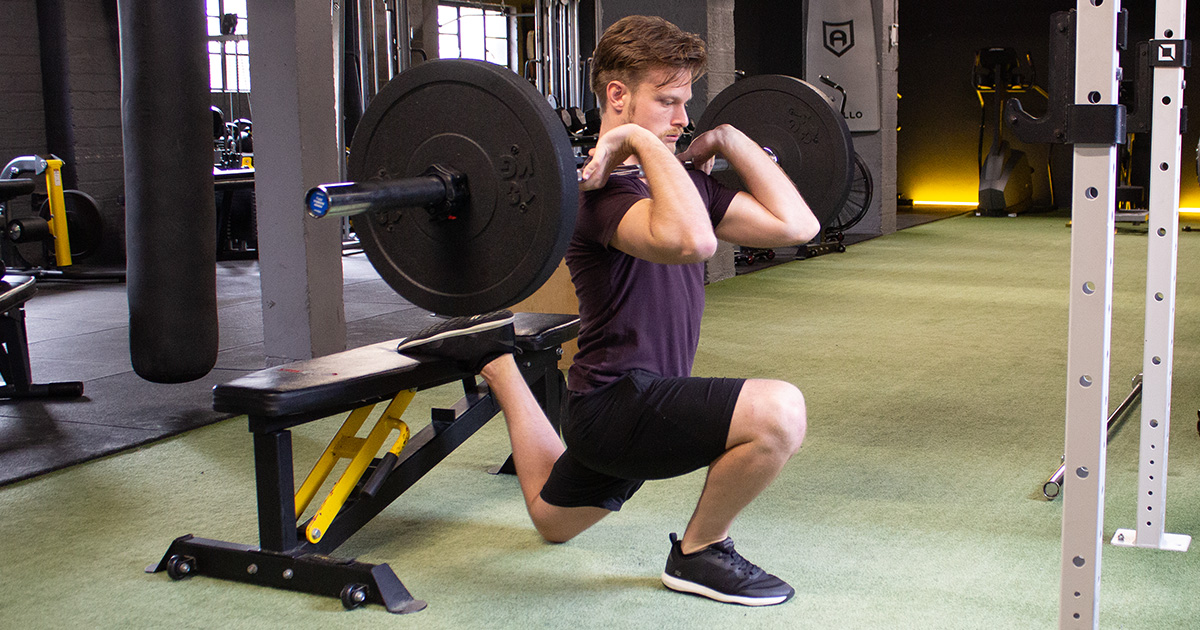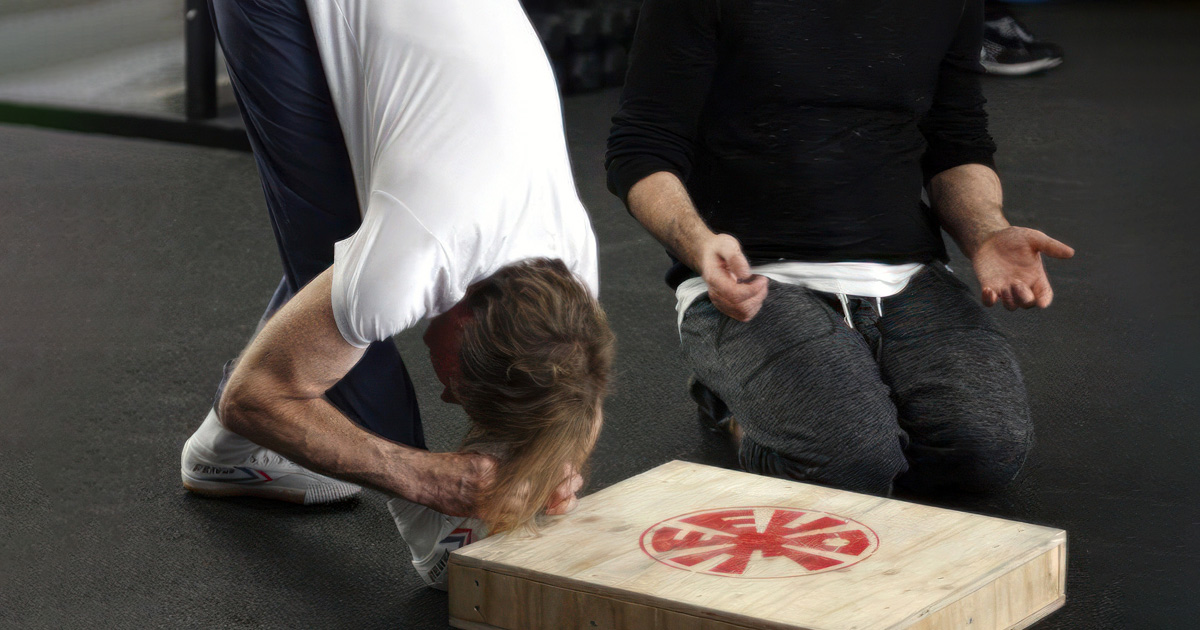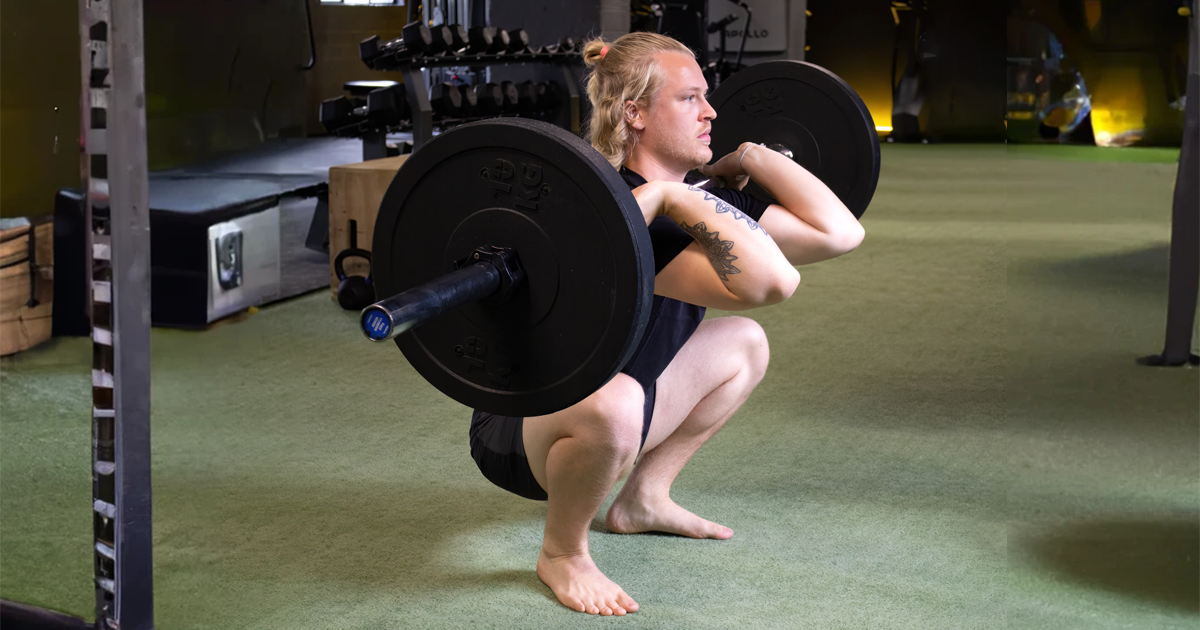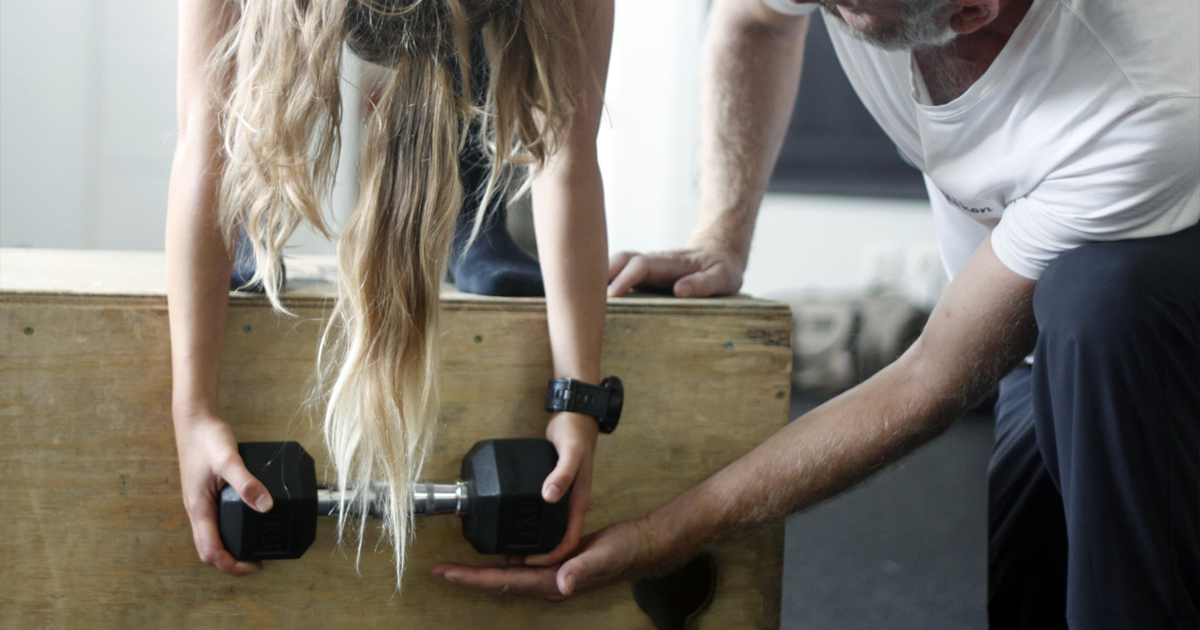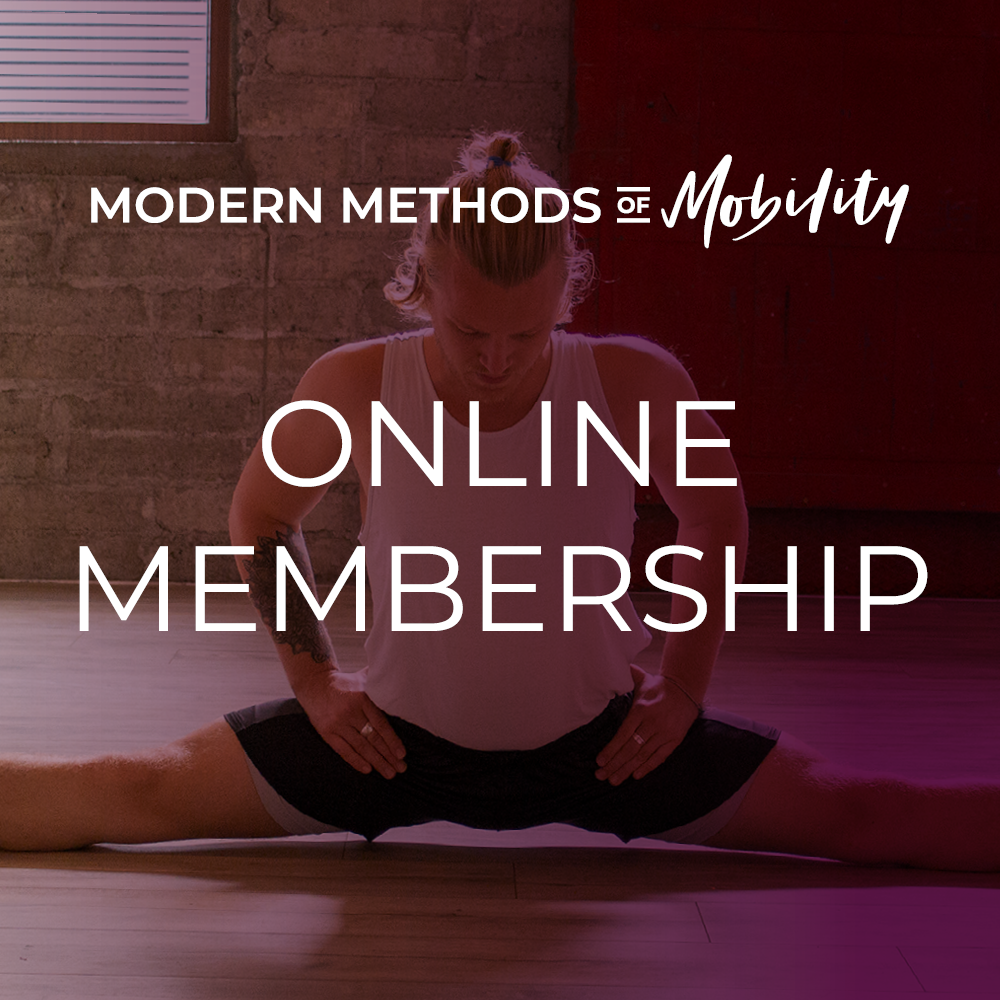“Can you be both strong and flexible?” is a question that gets asked quite a lot, as if these two physical qualities are incongruent and incompatible. What I hope to do in this article is define these two qualities, examine why most people think you can’t have both, why this is a misconception and how you may go about developing both.
Strength, in its most basic definition, is the measure of the maximal force produced by a muscle or a group of muscles in an unlimited time frame. This static definition, considered the Maximal Strength, acts as a form of resource pool that can then be expressed in many dynamic forms within the human body:
- High Speed Strength – The capacity to perform high speed movements with minimal resistance
- Explosive Strength – Is another term for Power, the capacity to produce a force in as short a time as possible
- Starting Strength – The measure of how quickly one can overcome inertia at a deadstop
- Strength-Endurance – The capacity to express the required force repetitively with no reduction in force output
- Reactive Ability – The measure of how quickly and effectively a powerful explosive concentric effort is produced after a sharp eccentric loading, such as with depth jumps.
These are just a few of the major ways in which strength is expressed in the human body and are dependent on so many factors such as coordination, balance, emotional state, time of the day, hydration and nutritional balance.
Flexibility, in the most simplistic sense, is the range of motion available to a joint or group of joints. Like strength, this “basic” attribute is then expressed in the two following major groups:
- Active (Often defined as “Mobility”)
- Static – Using the muscles antagonistic to the stretching muscles to hold the torso or limb(s) in a fixed position
- Dynamic – Using the muscles antagonistic to the stretching muscles to move the torso or limb(s) dynamically through a range of motion. This can range in velocity from a few seconds per rep to 2 reps per second.
- Passive (Often defined as “Flexibility”)
- Static – Typically what is considered as “static stretching”: Holding positions using your own bodyweight as resistance or assistance, or by using strength not coming from the stretched limbs, such as lifting your leg with your hands.
- Dynamic – Moving in and out of a range “passively” in that you are either moving a target limb or torso via external assistance such as a partner or using your own limbs
This model is overly simplistic and will be addressed in a future article as to why it’s an outdated way of viewing flexibility expression, but for the purpose of this article it will suffice.
The astute among you may realise that the above definitions alone show that strength of shortening muscles in positions influences the level of flexibility expression, so an integral part of flexibility development should be the strengthening of the muscles antagonistic to the muscles under stretch for a position but we will go into this in further detail later.
Where did the misconceptions come from?
I think that the greatest influences on this strength and flexibility conflict are the two groups that are put at the pinnacle of these two qualities, as well as a misunderstanding of what strength is.
Strength
There are two layers to the misconception that strength inhibits flexibility. The first is that muscle mass = strength, because of this the public put bodybuilders as the strongest group of people. While a lot of bodybuilders are incredibly strong, their main concern is building muscle, so strength and flexibility are rarely the main goals of a competitive bodybuilder and so relative to their bodyweight bodybuilders aren’t as strong as strength athletes such as strongman competitors or powerlifters, nor are they typically flexible, but damn do they look good.
There are some contemporary examples of flexible bodybuilders though, one of them being Jujimufu, though he exists as a bit of an outlier, as he’s had his flexibility for a longer amount of time than he’s been bodybuilding. The classic bodybuilders in Arnold Schwarzenegger’s era were slightly more concerned with building flexibility though, mostly so they could train the muscles through their full range of motion and increase hypertrophy.
Powerlifters and Strongmen are pound for pound among the strongest individuals on the planet and rarely express large degrees of flexibility, so some would argue lends credence to the idea that you can’t be strong and flexible, but this is the problem with looking at individuals at either end of the bell curve and the specific physical adaptations they have for their sports.
Powerlifters have 3 movements in which they compete: Bench, Squat and Deadlift. There are form constraints on these exercises which constitute a good and a missed lift, because of this, powerlifters limit their range so that they can achieve the standards for each exercise but no more. By limiting the range in which they move they ensure that they maximize the amount of force they can produce and lift heavier weights. If they increase their available range beyond this it means that they waste energy, as you don’t get extra points for a very deep squat.
Flexibility
The group of people that the public think expresses the highest level of flexibility are typically yoga practitioners. Broadly speaking, most advanced yoga practitioners are on the slimmer side and so don’t exude strength visually. Just because they don’t look strong and go around breaking deadlift records, doesn’t mean they don’t possess a level of strength and body control that is sufficient for their practice or, in some cases, downright impressive. I’ve personally known yoga practitioners who are able to do incredibly hard feats of bodyweight strength.
Strong and Flexible
Most athletes are able to express fantastic levels of flexibility and elite level strength, three groups of athletes who have these qualities at the highest levels possible are:
- Olympic Weightlifters – In many cases Olympic weightlifters are able to lift over 3x their bodyweight overhead through incredible ranges of motion.
- Gymnasts – Gymnasts develop ridiculous feats of isometric, dynamic and explosive strength all while having full splits, bridge etc.
- Ballet Dancers – Ballet dancers express incredible range, often at the limits of their joint capabilities, while still maintaining explosive, endurance and brute strength
These three populations serve as the most extreme counters to the argument that you can only have either/or when it comes to strength and flexibility, but a lot of these high performance individuals have been training for a considerable part of their lives. What does it mean for someone just coming to fitness now?
What is it that you more commonly see in day to day life? I’d argue that you see considerably more people who are both tight and weak, than people who are purely very strong but tight or very flexible and very weak.
I suspect for most the question “Can you be strong and flexible?” really means “Can I train both strength and flexibility and make gains in both?” and to that it’s a resounding yes, you just have to do it intelligently.
Building Flexibility using the M3 System
As a rough summary the M3 system acts as a toolbox, a collection of varied methods and exercises that can be used and interchanged depending on the trainee’s experience, goals and phenotypic response to training with the aim of achieving increased flexibility.
It will be impossible to summarise all the aspects that we use in our methodology, but an integral part of the M3 system is building strength in muscles both agonistic and antagonistic to stretching muscles in a target flexibility position.
From the outside, training the antagonistic and agonistic muscles may resemble classic resistance training through a full range, with the inclusion of pauses at specific points or added intents. It may also include isometrics followed by repetitions for the shortening muscles, building a capacity to consciously contract muscles before then dynamically integrating them into a movement pattern.
If you find that you’ve being trying to build hip flexion flexibility, either trying to bend forward to touch or toes or improve your capacity to squat, but have found that simply stretching the agonistic muscles isn’t doing anything then you may need to include some strength training for the shortening muscles, a simple exercise that you can try is:
Hip Flexor Raises: 3 sets of 6-8 reps (holding the top of each rep for 2-3s)
- Stand on one leg, keeping the torso vertical and locking the standing leg completely straight for the entire time.
- For the other leg, bend at the knee and attach a weight to your foot for the lifts, this can either be ankle weights, a dumbbell strapped to your foot or placing your foot through the handle of a kettlebell.
- Using a hand support to keep your balance, lift your knee upwards in pure flexion and maintain the vertical alignment of your body.
- With each repetition attempt to lift higher without compromising your form.
You can superset this exercise with an exercise that lengthens the hamstrings or flexes the hips, try to find the hip flexor activation in the supersetted position and feel how this enhances your capacity to pull yourself deeper.
Summary
Flexibility and Strength are both multifaceted qualities that can be expressed in a variety of ways in people.
There are many populations of people that are able to express both strength and incredible ranges at very high levels, who act as a counter to the idea that you can only be either/or.
Muscles trained through a full range are typically much more flexible than muscles not trained at all and for a lot of people spending some time doing compound lifts through full range may be sufficient to improve flexibility, though nowhere near as effective as doing both strength training and flexibility training in conjugation.

